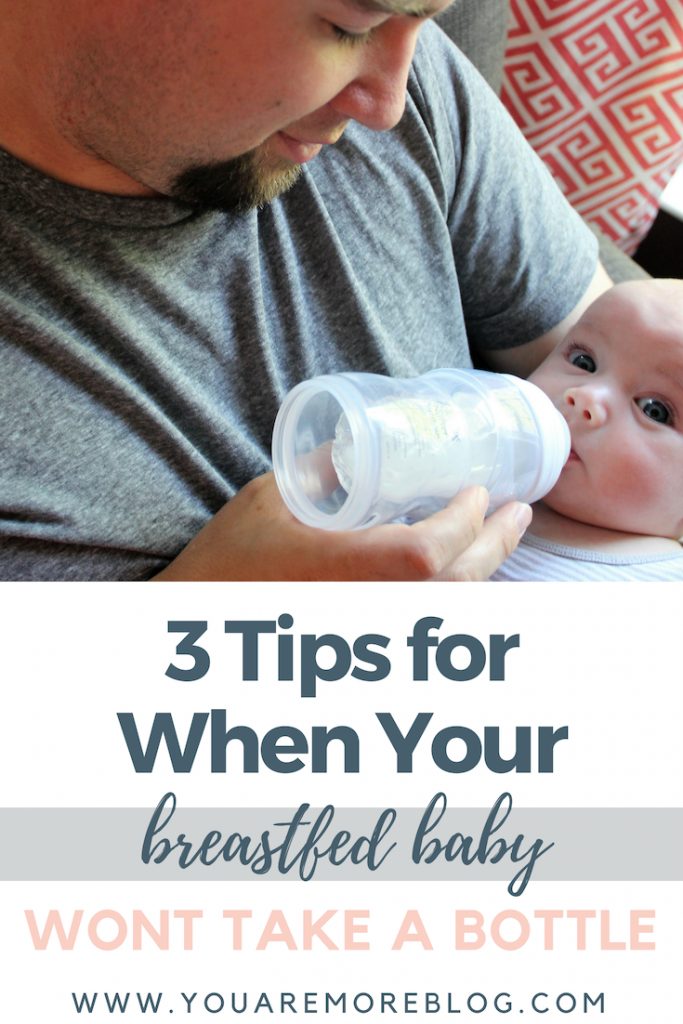
This post was sponsored by Philips Avent as part of an Influencer Activation for Influence Central and all opinions expressed in my post are my own.
After three kids you would think it wouldn’t surprise me to discover how different each of them are. Still, when faced with a new obstacle it takes me by surprise every time. I find myself freezing. I didn’t face this with my first two, so what now? That is exactly how I felt when I couldn’t get Jude to take a bottle anymore. I followed all the typical rules; introduce early, but not too early, allow someone else to give the first bottle instead of mom, choose your bottle carefully, etc. It worked…the first time. This time, my breastfed baby won’t take a bottle. What was I supposed to do now?
Next thing I know I’m at a Holiday event and my son is screaming at home for three hours refusing to take a bottle from his dad. It was a nightmare, and I am not exaggerating. He screamed every time we tried to give him a bottle. It was exhausting. I had to turn down outings that wouldn’t allow a baby because I couldn’t leave him. I couldn’t take a break because without me, my child wouldn’t eat. It was very discouraging.
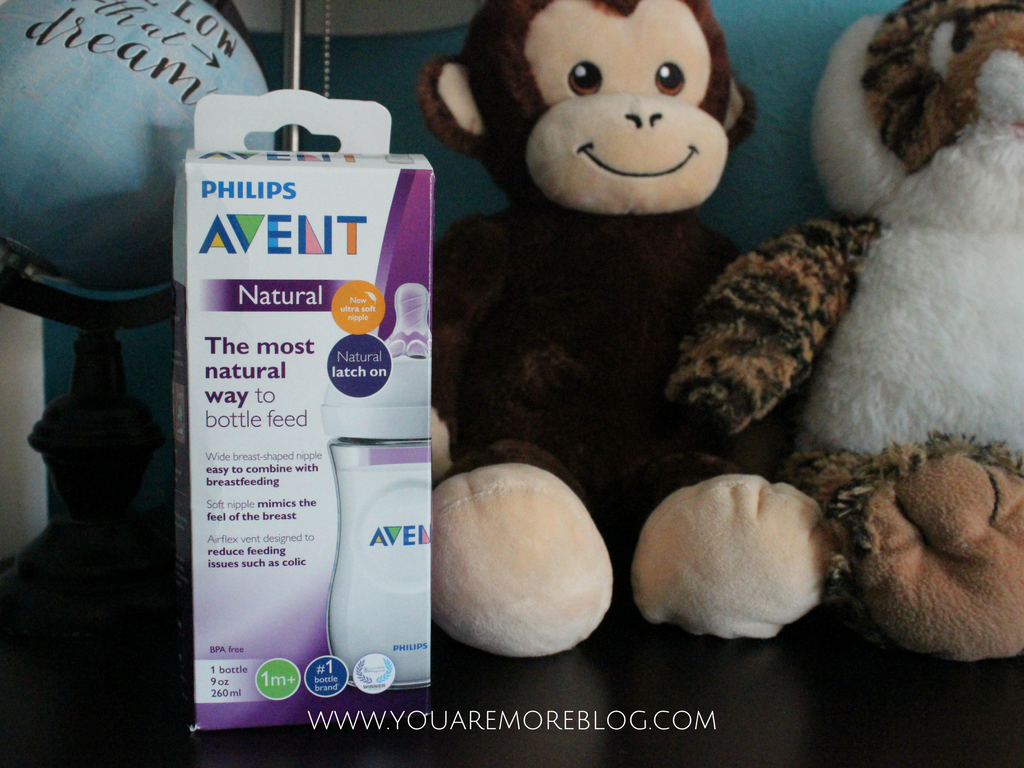
I was determined to keep trying. I knew that with three kids I would need those breaks, so I did some research, I asked for advice, and I found some amazing tricks that really worked!
So if your breastfed baby won’t take a bottle, don’t worry just yet. I have a few ideas that worked for us and for my baby Jude and hopefully they’ll work for you too!
What to do when your breastfed baby won’t take a bottle:
- Find a natural bottle.
We have been using Philips Avent bottles from the very beginning of our parenting journey. I love how closely their bottles mimic the feel of breastfeeding. They are not hard to put together, they don’t come with a lot of pieces, they do not need extra parts, and they are a very trusted brand. Philips Avent is definitely our family’s favorite. The new Philips Avent Natural bottle is perfect for a breastfed baby who doesn’t want to take a bottle. Its wide breast-shaped nipple makes it easy to go back and forth between breastfeeding and bottle-feeding. The bottle also reduces colic and discomfort by venting air away from baby’s tummy.
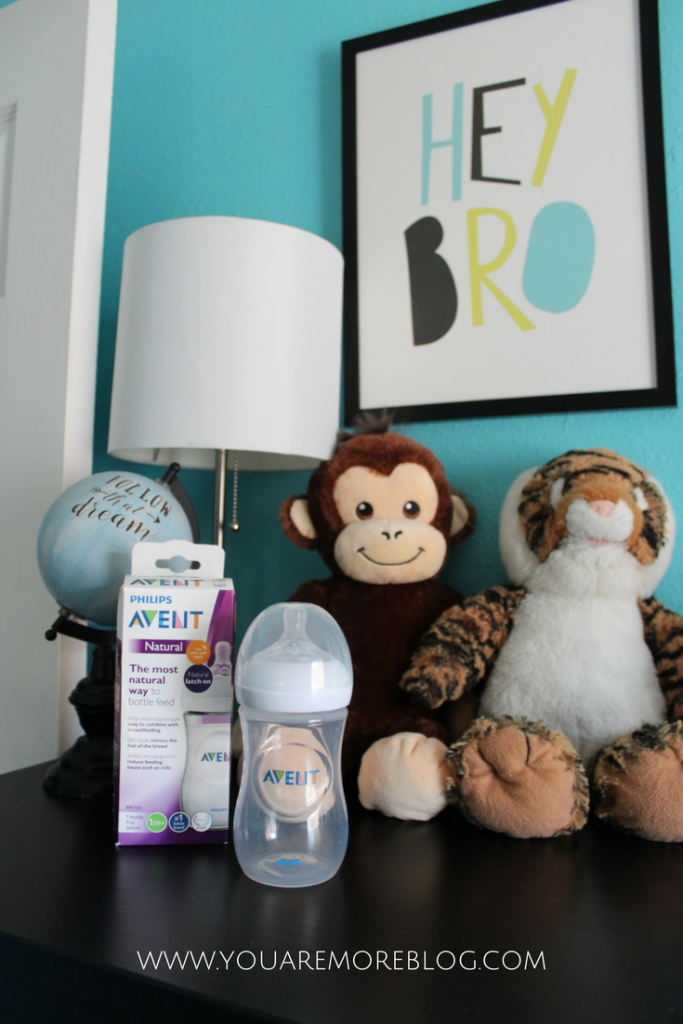
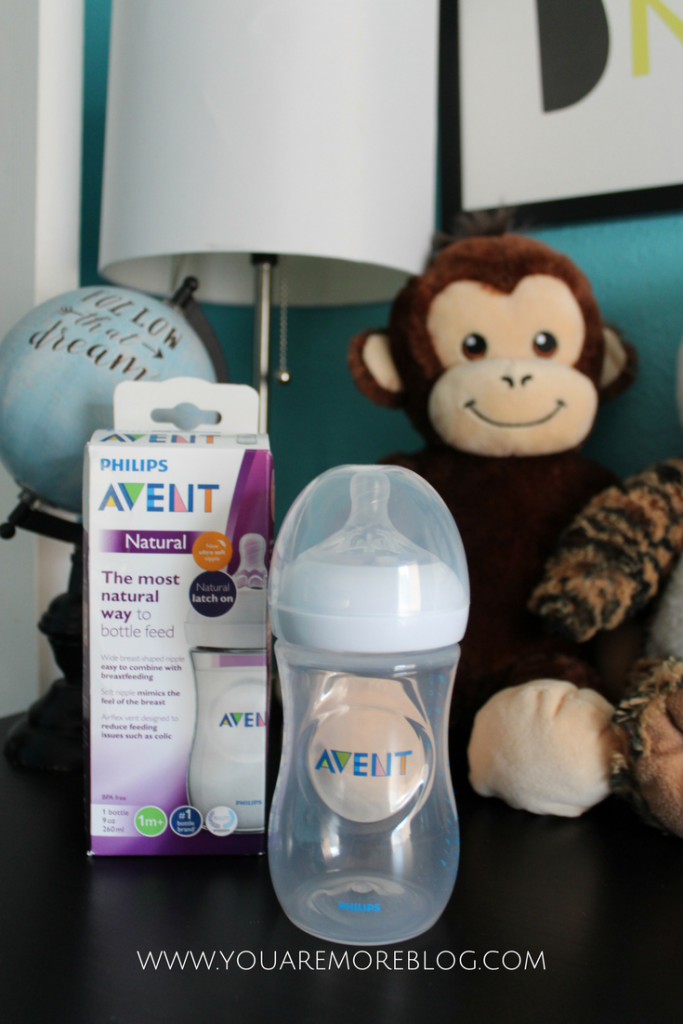
The Philips Avent Natural bottle makes it easier for Jude not to fight the bottle, because it closely resembles breastfeeding. He controls the flow and the shape is similar to the breast. The flow is a important aspect of the bottle because breastfeeding babies control the flow of milk through their sucking. You want a bottle that mimics breastfeeding as much as possible for your baby so they aren’t thrown off by the difference.
- Hold your baby in a different position.
This was a huge deal for Jude. He would not, and still won’t take the bottle if he is held in the same position he is when nursing. He actually needs to be facing away from you and held upright. If he is distracted enough, he doesn’t realize that someone else is feeding him as quickly. The first few times it took bouncing, and walking, and a lot of distractions, but it wasn’t always that way. Once he got the bottle and realized that he was hungry, he would take it.
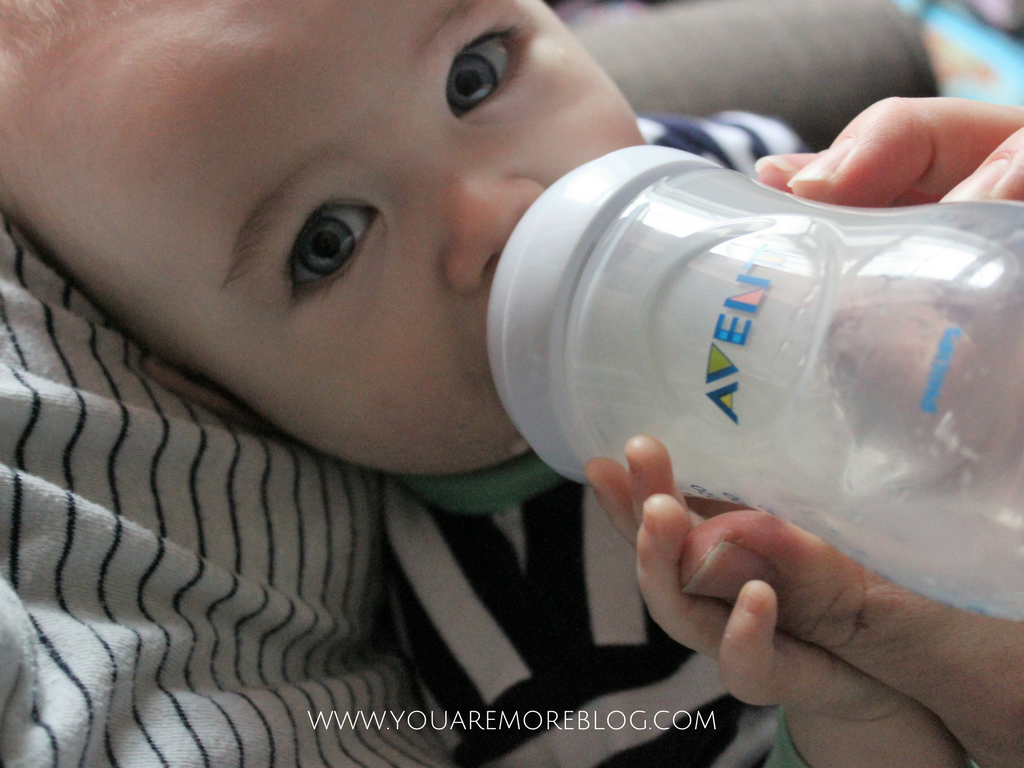
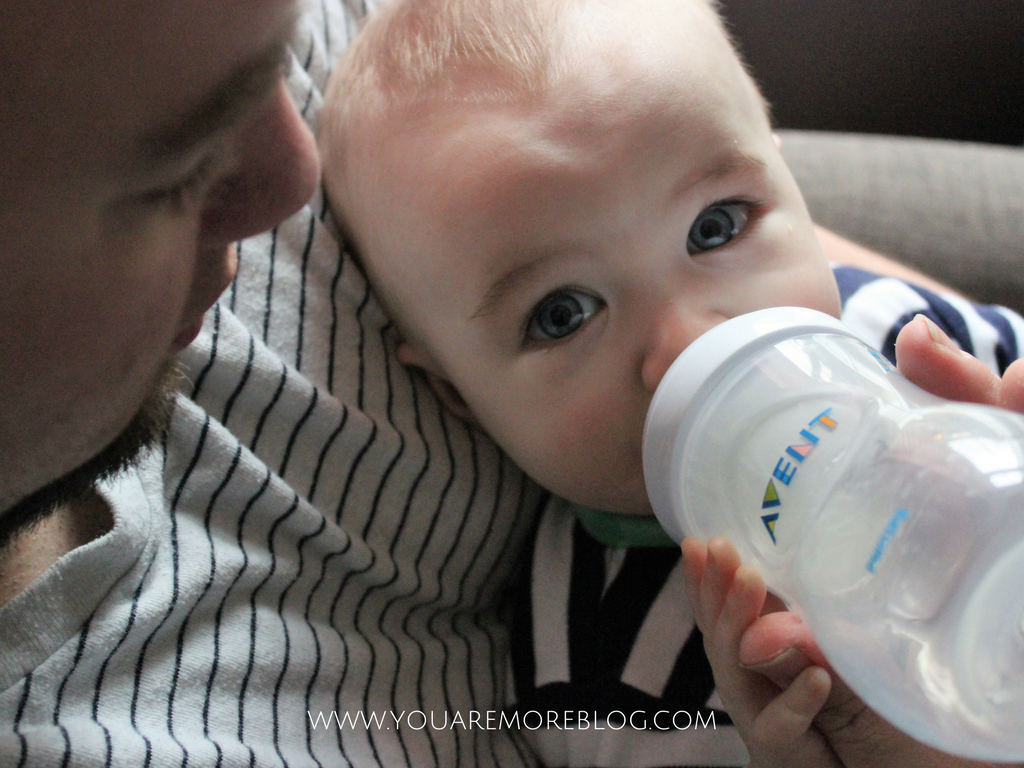
- Check the temperature.
This was an issue with both my daughter and Jude. The bottle had to be extremely warm. They didn’t want room temperature, they didn’t want slightly warm, they wanted as warm as it could get before it burnt you. If the bottle got cold, we had to reheat it. We never had this problem with Jase, so it took some time to realize this was the problem with the other two. They definitely know how they like their milk and don’t want to take it any other way!
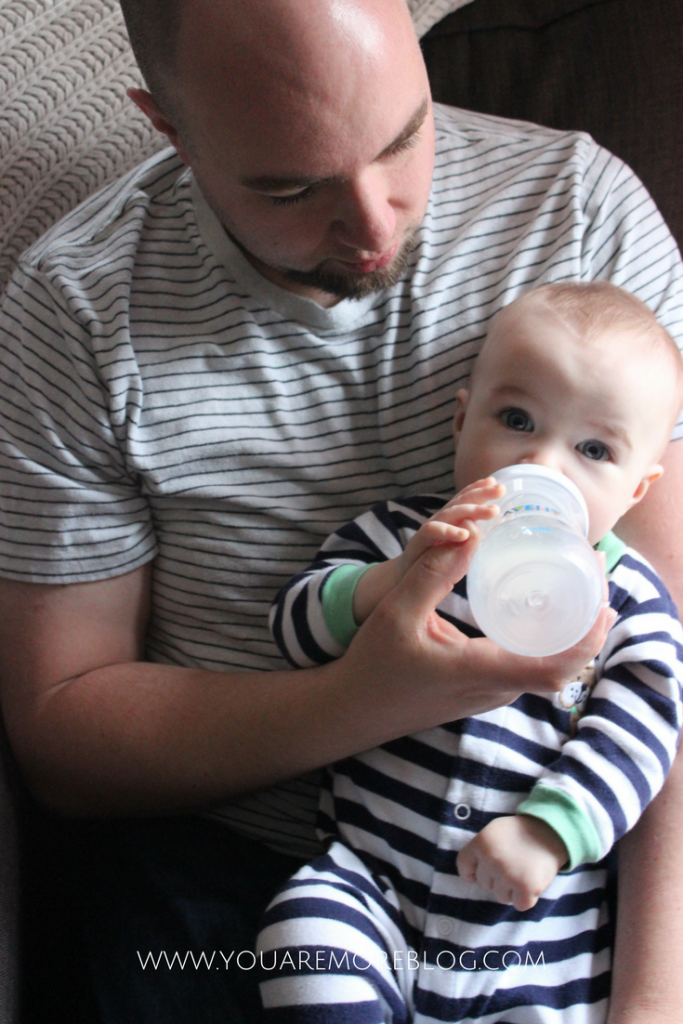
I know it can be disheartening when your breastfed baby won’t take a bottle, but there are definite steps you can take to help. After a couple troubleshooting bottle sessions, he got it down and is able to take the bottle. Find what works, keep trying, and they’ll get it!
Have you had a problem giving your baby a bottle? What tips would you share with a a mom facing the same struggle?






Leave a Reply